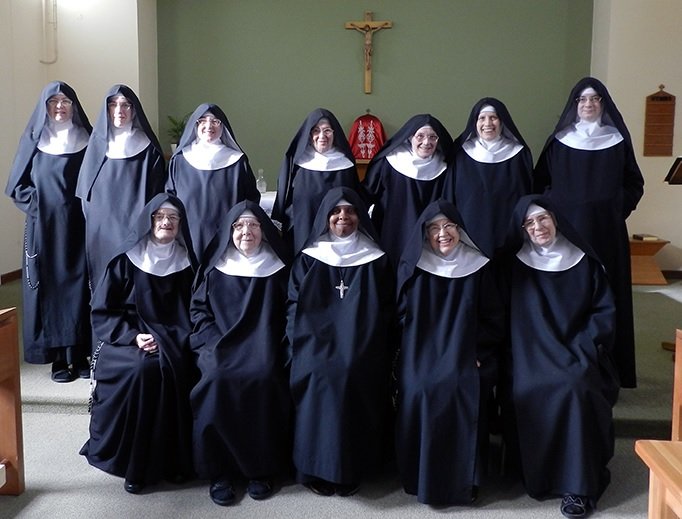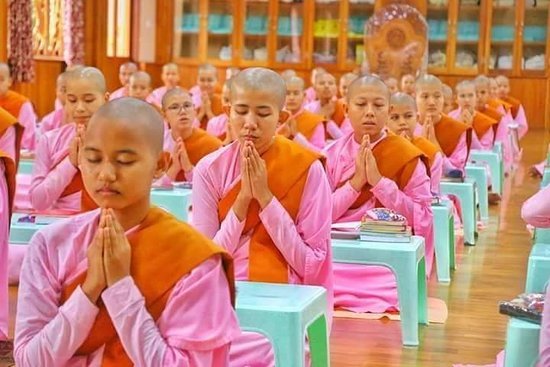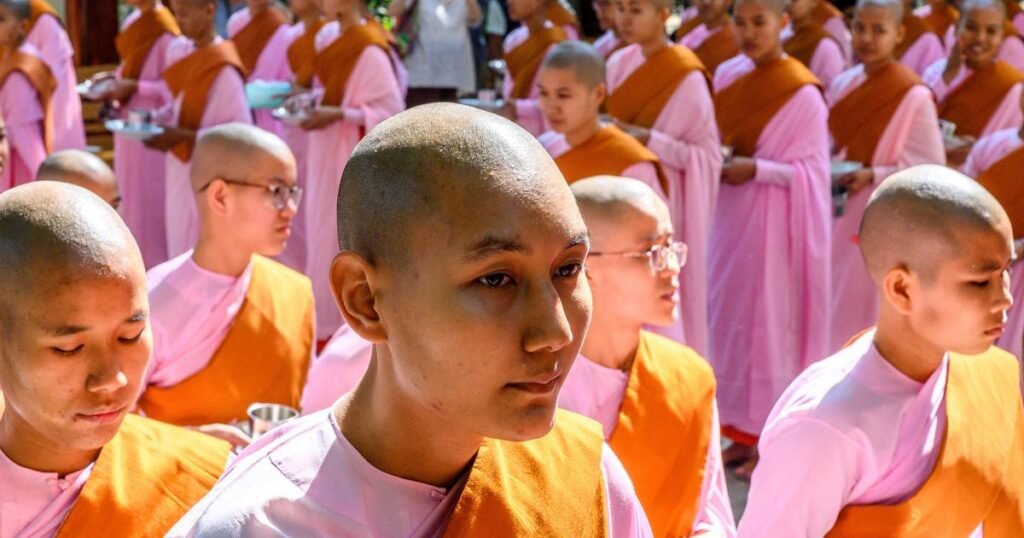
Nurturing the Divine Spark: Exploring the Artistic Expressions of Monks and Nuns

The Artistic Tasks of Monks and Nuns. Art and spirituality have long been intertwined, providing individuals with a means of expressing their devotion, contemplation, and inner experiences.
Monks and nuns, dedicated to a life of spiritual contemplation and service, often engage in various artistic tasks that not only enrich their own spiritual journey but also contribute to the cultural heritage of their religious traditions.
In this article, we will explore the artistic tasks performed by monks and nuns, delving into three specific examples that highlight the depth and beauty of their creative expressions.
Illuminated Manuscripts: A Window into Devotion:
One of the most renowned artistic tasks performed by monks and nuns throughout history is the creation of illuminated manuscripts.
These intricate works of art combine calligraphy, painting, and decoration to visually bring to life religious texts, prayer books, and liturgical manuscripts.
Monastic scriptoria, dedicated writing rooms within monasteries, were the birthplaces of these remarkable creations.
With meticulous attention to detail, monks and nuns would spend hours transcribing sacred texts, adorning them with elaborate illustrations and vibrant colors.
The Book of Kells, created by Irish monks in the 9th century, is a prime example of an illuminated manuscript.
Its pages feature intricate Celtic knots, mythical creatures, and Gospel scenes, all meticulously handcrafted using vibrant pigments and gold leaf.
The process of creating illuminated manuscripts served not only as an artistic task but also as a meditative practice, allowing the monks and nuns to immerse themselves in the divine messages they were transcribing.

Gregorian Chant: Harmonizing the Soul:
Monks and nuns are also known for their mastery of sacred music, particularly Gregorian chant.
This ancient form of vocal music, named after Pope Gregory I, holds a central place in monastic worship.
Gregorian chant is characterized by its unaccompanied melodies, often sung in Latin, which evoke a sense of reverence, contemplation, and spiritual transcendence.
Monks and nuns diligently learn and practice the complex melodic patterns and intricate vocal techniques associated with Gregorian chant.
They spend hours perfecting their intonation, rhythm, and pronunciation, aiming to create a harmonious blend that uplifts the spirits of both the performers and those who listen.
Through the power of their voices, monks and nuns aim to create a profound spiritual connection, inviting individuals into a state of prayerful contemplation and inner reflection.
Sculpture and Architecture: Transforming Sacred Spaces:
The artistic tasks of monks and nuns extend beyond the realm of the written word and music. Sculpture and architecture play significant roles in the creation of sacred spaces that inspire reverence and awe.
Monastic communities have been responsible for constructing magnificent monasteries, abbeys, and temples that embody the values and beliefs of their respective religious traditions.
Read also The Thrilling World of Trapeze Artists: A Performance Above the Ground
In these architectural endeavors, monks and nuns combine practical skills with artistic sensibilities. They meticulously plan and design buildings that harmonize with the natural environment, incorporating symbolic elements and sacred geometries. The intricate carvings, statues, and reliefs that adorn these structures serve as tangible expressions of faith, conveying spiritual narratives and inviting worshippers into a transcendent experience.

The artistic tasks performed by monks and nuns demonstrate their dedication to spirituality, creativity, and the preservation of cultural heritage.
Through illuminated manuscripts, Gregorian chant, sculpture, and architecture, these individuals express their devotion, contemplation, and inner experiences in tangible forms.
By engaging in these artistic endeavors, monks and nuns not only enrich their own spiritual journey but also contribute to the collective spiritual and cultural heritage of their religious traditions.
Their creations continue to inspire and uplift generations, reminding us of the profound
Leave a Reply